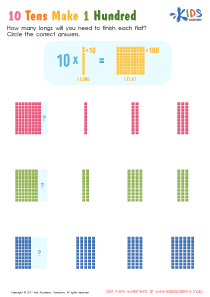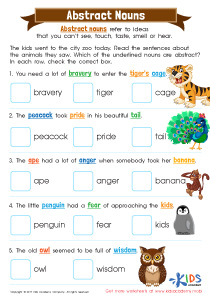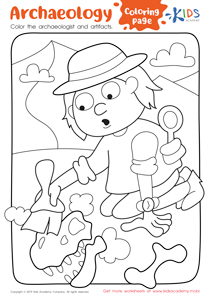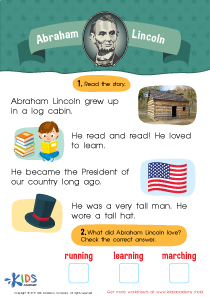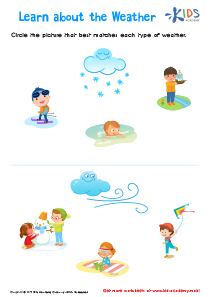Normal Building Vocabulary worksheets activities for 5-Year-Olds
2 filtered results
-
From - To
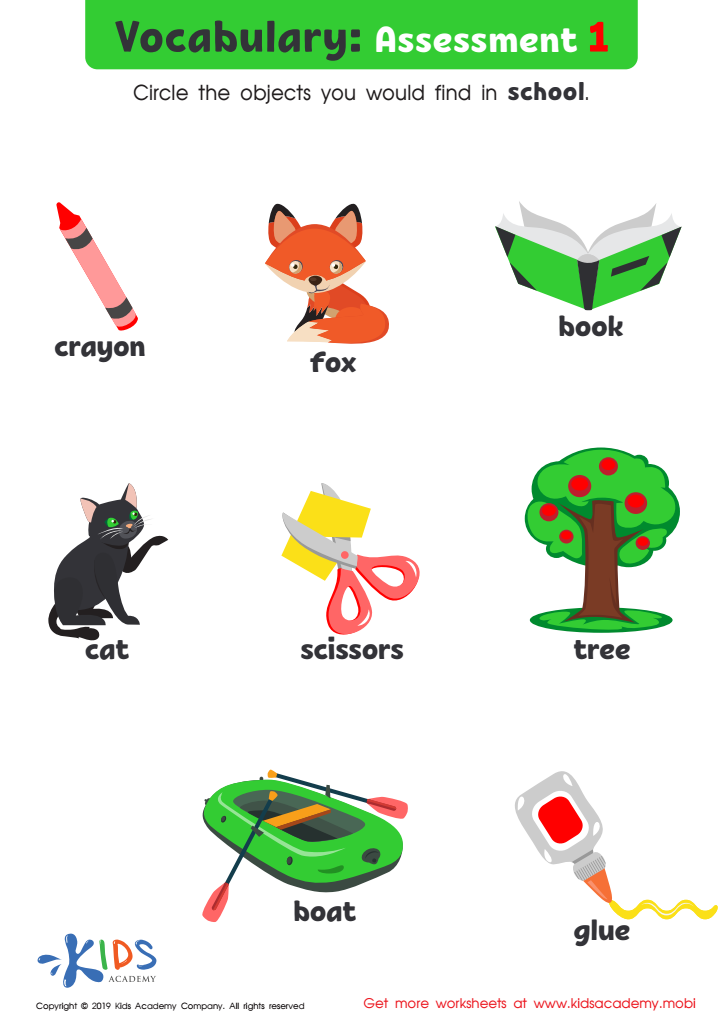

Vocabulary: Assessment 1 Worksheet
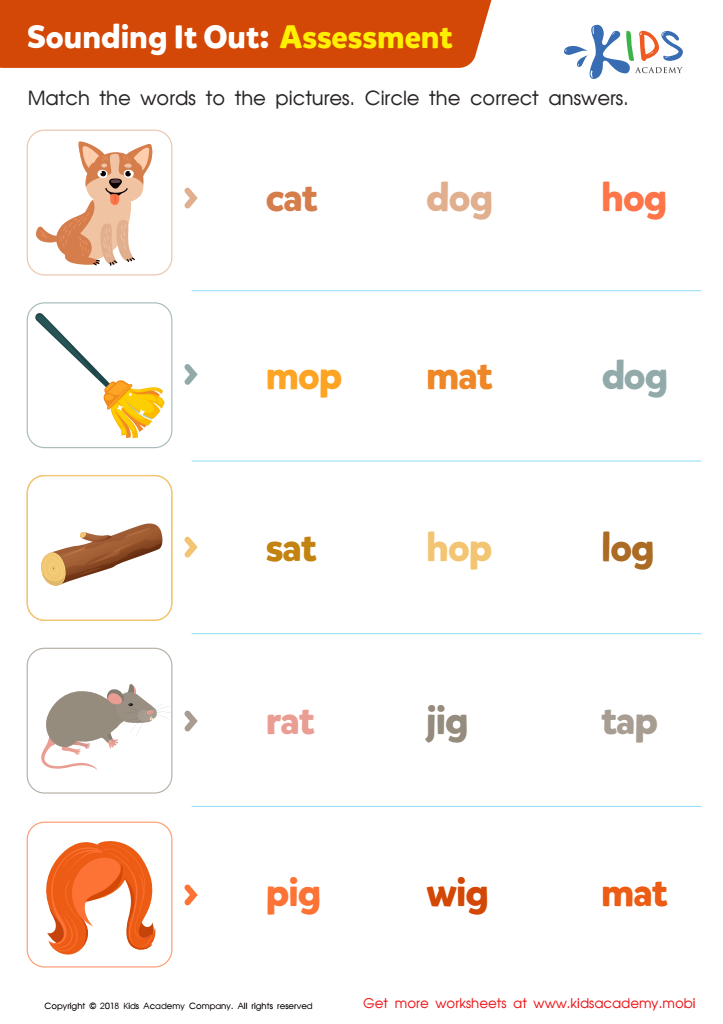

Sounding it Out: Assessment Worksheet
Normal Building Vocabulary worksheets activities play a crucial role in enhancing language acquisition and proficiency. These traditional yet effective tools are designed to broaden one's vocabulary, enabling more precise and expressive communication. Here are a few reasons why engaging in normal Building Vocabulary worksheets activities can be incredibly beneficial.
Firstly, these activities provide a structured approach to learning new words. Through repetition and varied exercises, learners are able to internalize vocabulary effectively. This methodical exposure ensures that words move from short-term to long-term memory, making it easier for individuals to recall and use them in everyday conversation or writing.
Secondly, Building Vocabulary worksheets often include contextual exercises. This context helps learners understand not just the meaning of a word but also its usage in different scenarios. Grasping the context in which words are used is vital for effective communication, as it aids in selecting the most appropriate vocabulary for a given situation. Contextual learning through worksheets can significantly enhance one's ability to express ideas clearly and accurately.
Moreover, these worksheets activities cater to a broad range of learning styles. Whether one learns best through visual aids, writing, or repetition, vocabulary worksheets offer something for everyone. This inclusivity ensures that learners can engage with the material in a way that suits their individual learning preferences, thereby optimizing retention and application of new vocabulary.
Additionally, engaging in Normal Building Vocabulary worksheets activities encourages independent learning. With a clear structure and objectives, learners can set their own pace and take charge of their vocabulary expansion. This autonomy fosters a sense of achievement and motivates learners to continue exploring and mastering new words.
In conclusion, Normal Building Vocabulary worksheets activities offer a comprehensive, effective, and flexible approach to vocabulary learning. By providing structured, contextual, and inclusive learning opportunities, these traditional exercises play a pivotal role in enhancing communication skills, fostering independence, and encouraging a lifelong interest in language development.
 Assign to the classroom
Assign to the classroom




